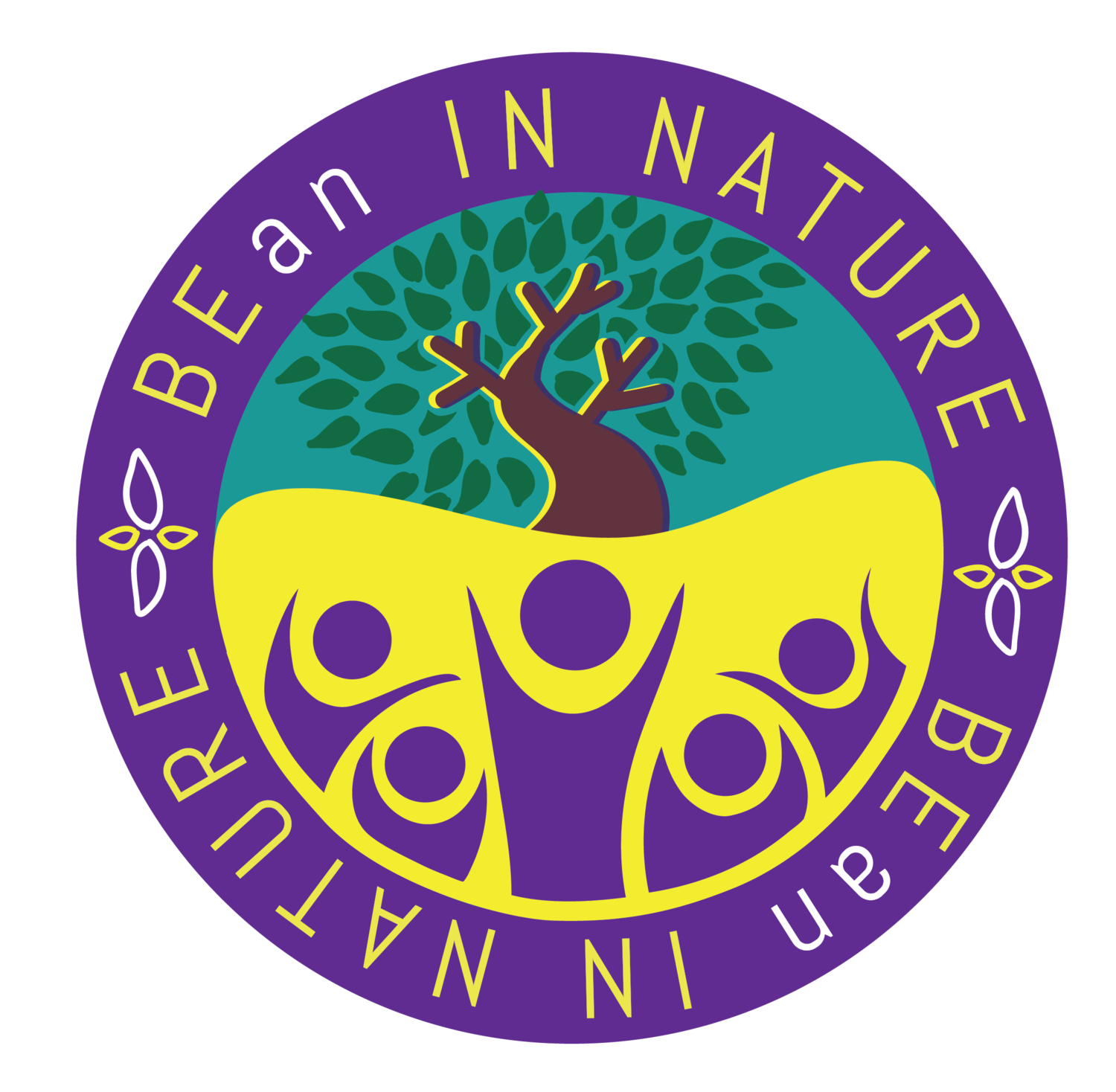Sit Spot
‘Sit Spot’ is one of the Core Routines we teach at BEan IN NATURE. It is a practice that requires finding a spot by yourself in nature (in eyesight of an instructor), staying in the present moment and observing animals in their natural state. Any spot in nature, or looking out a window will do, where ever you are. There IS something magical about picking one spot though and going to it over and over again over the course of the year. Not only will you notice the subtle changes from season to season; but the permanent animal residents will get to know you and your scent. This means over time, you will get to observe them in their normal behavior, which we call baseline, and not in fight or flight mode. Often when we are walking or playing in nature, we have a large 'zone of disturbance’. This means we are disturbing a wide range of animals, making them feeling threatened and not doing
This practice includes basic principles of meditation, of staying in the present moment and not letting your thoughts wonder to the past or future. By focusing on all the animals and noises around, we can tap into the lives of creatures around us that we most likely do not know much about! This also connects us to the earth, which moves on a much slower pace than humans.
Sometimes a prompt is gives such as:
- how many different bird calls can you hear?
-pick an object and ask- “I notice, I wonder and it reminds me of."
-what are three different changes that you notice?
Often they bring their journals to sit spot, to write their answer to the prompts, to simply journal current thoughts, or draw their surroundings.
This practice comes from a rich and deep line of history, with its written knowledge in the book the ‘Coyotes Guide to connecting with nature’ written by; Ellen Haas, Evan McGown and Jon Young. Our Teaching philosophy and principles are based on the this book and its ‘Core Routines'.
“Animals are living secret lives all around us all the time. As we become more aware of nature, we can become connected to them as fascinating beings we share the world with. Though it may seem obvious, these animals are individuals with their own temperaments, territories, styles, and sometimes families. To some extent, we can become participants in their stories, which are perennially unfolding on the landscape.” -Coyote Mentor (Wilderness Awareness School)

